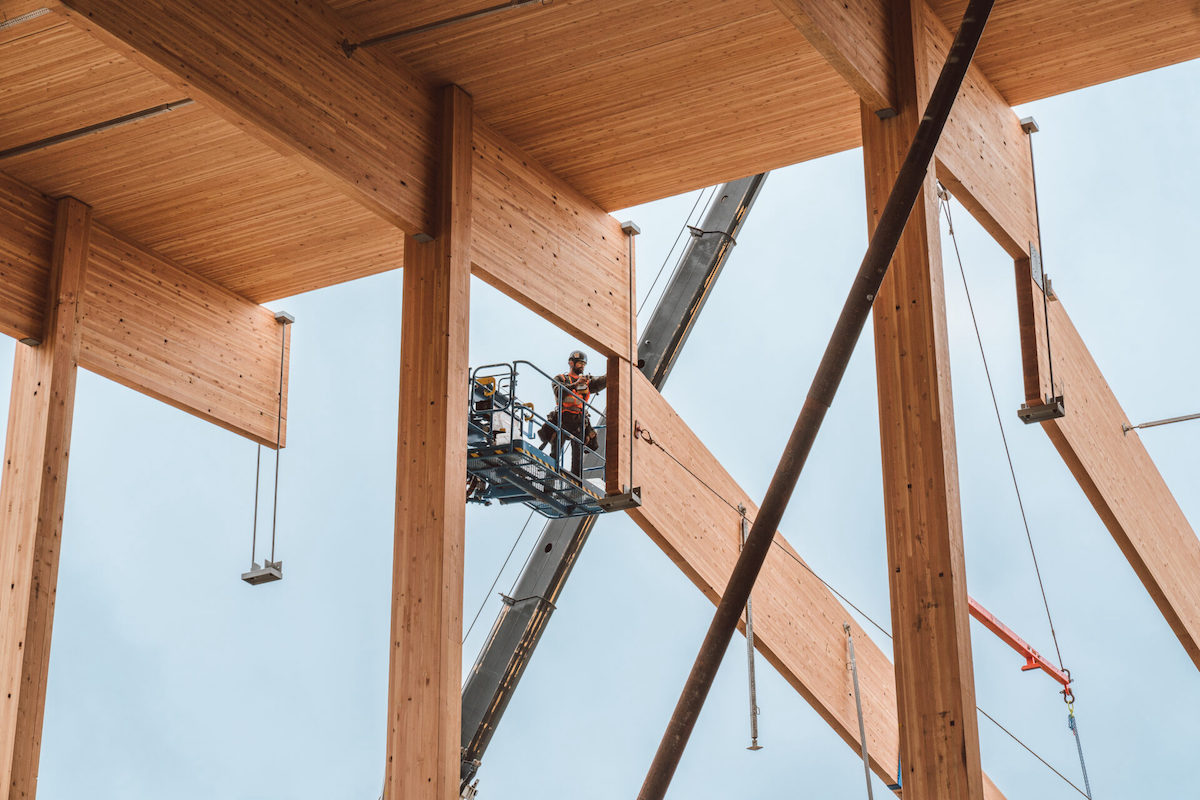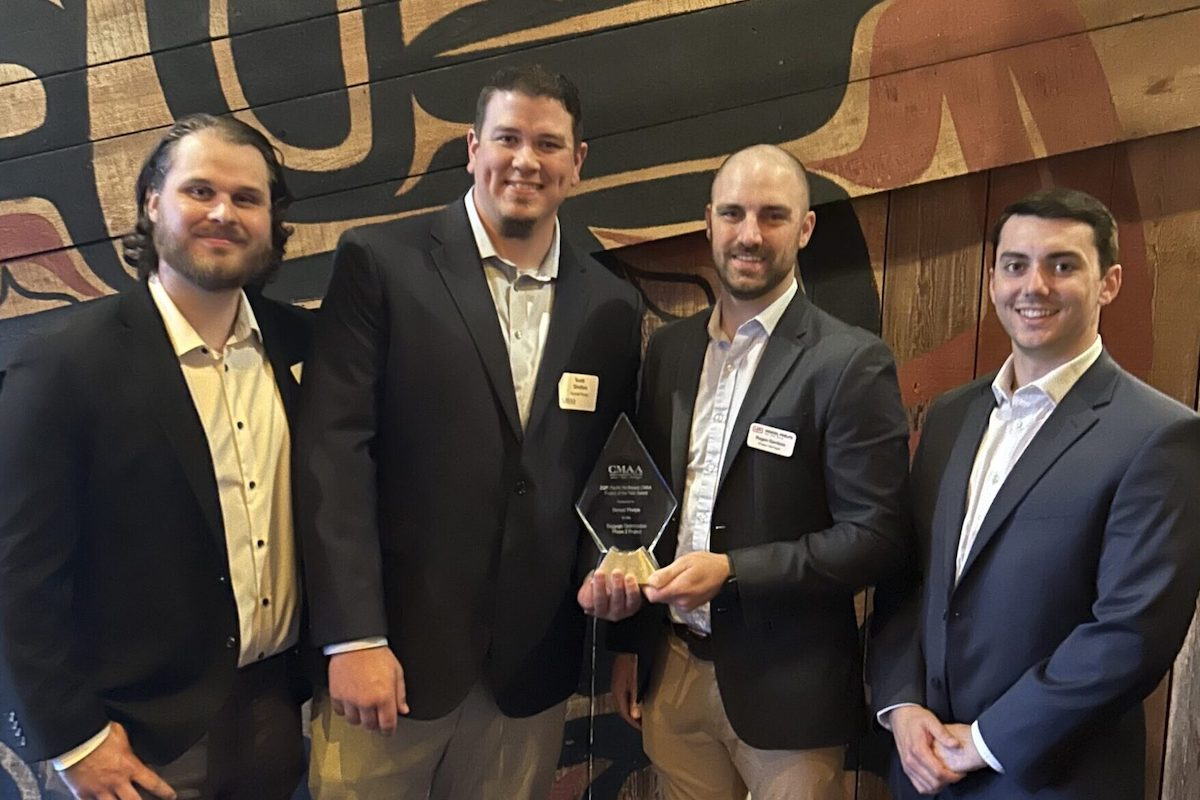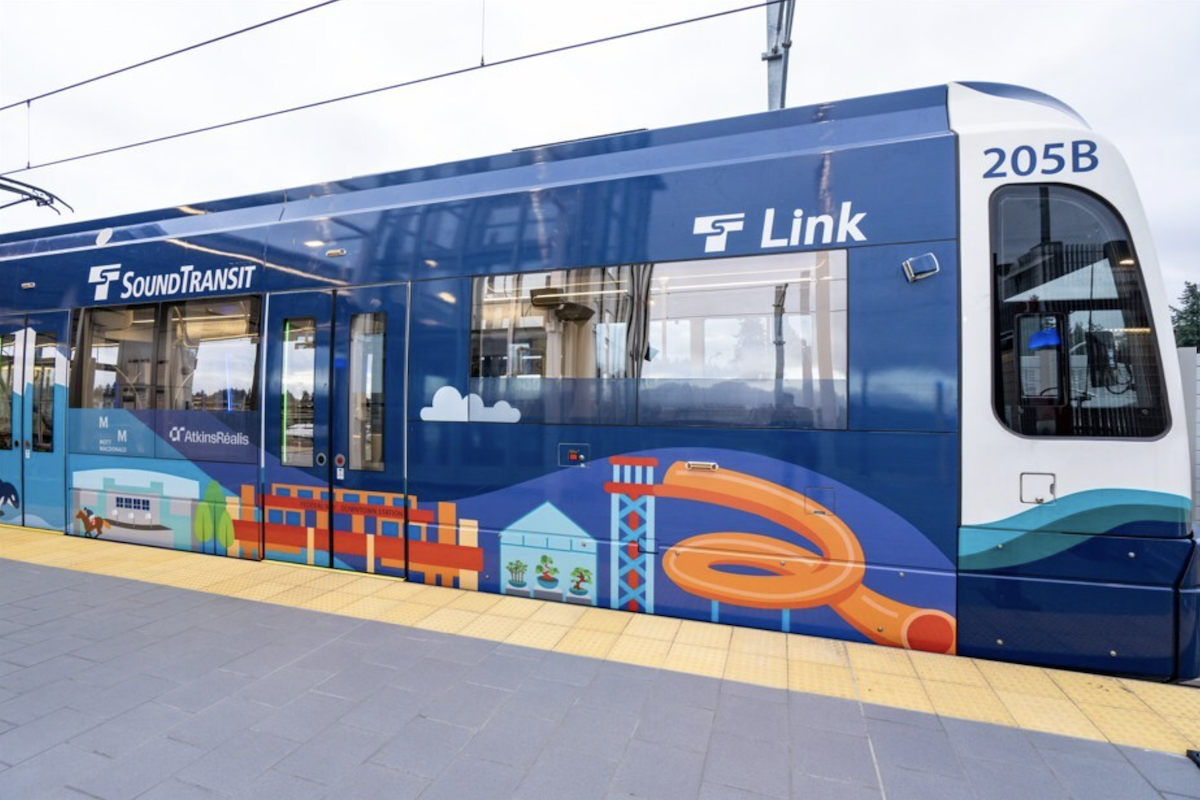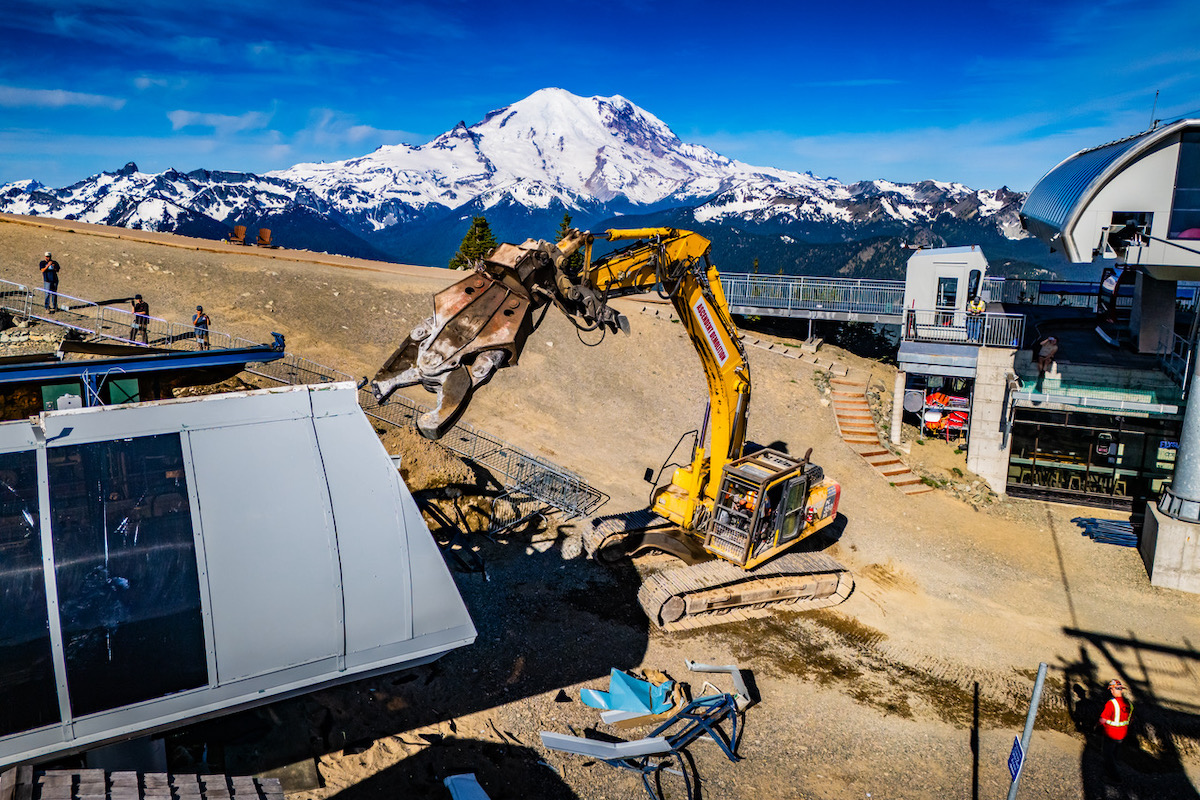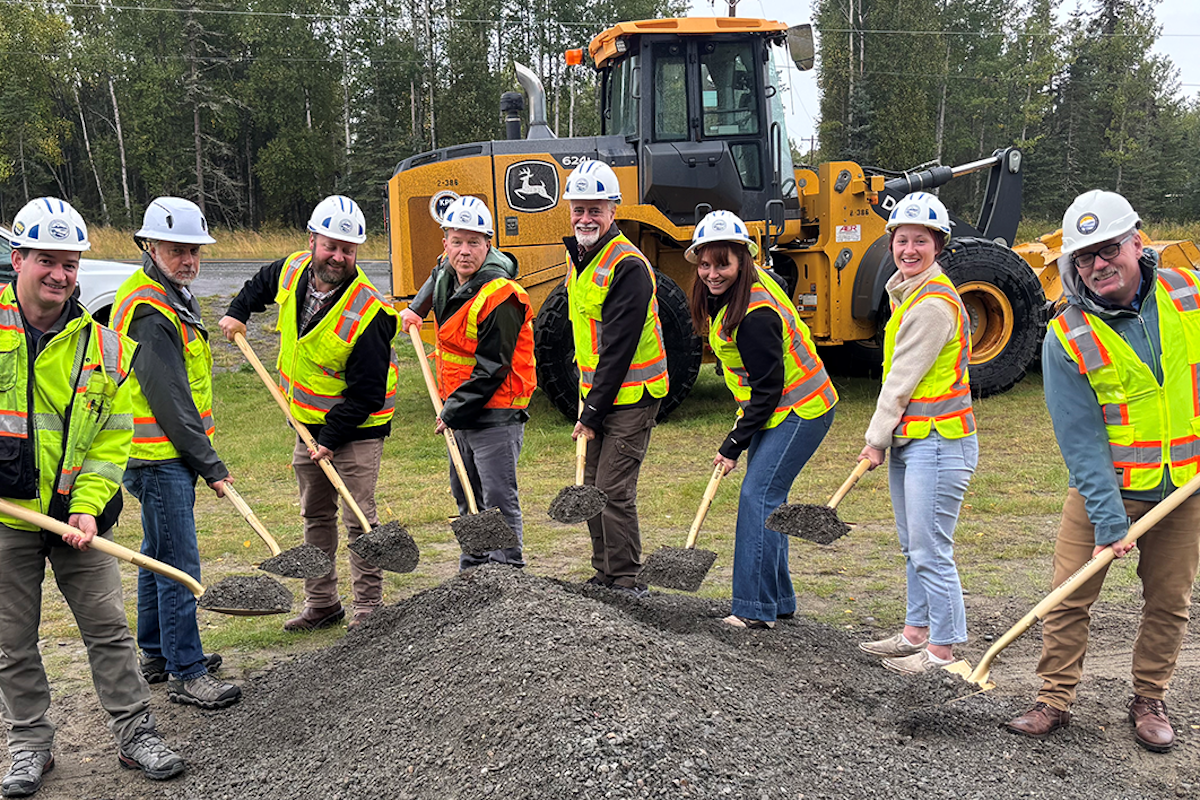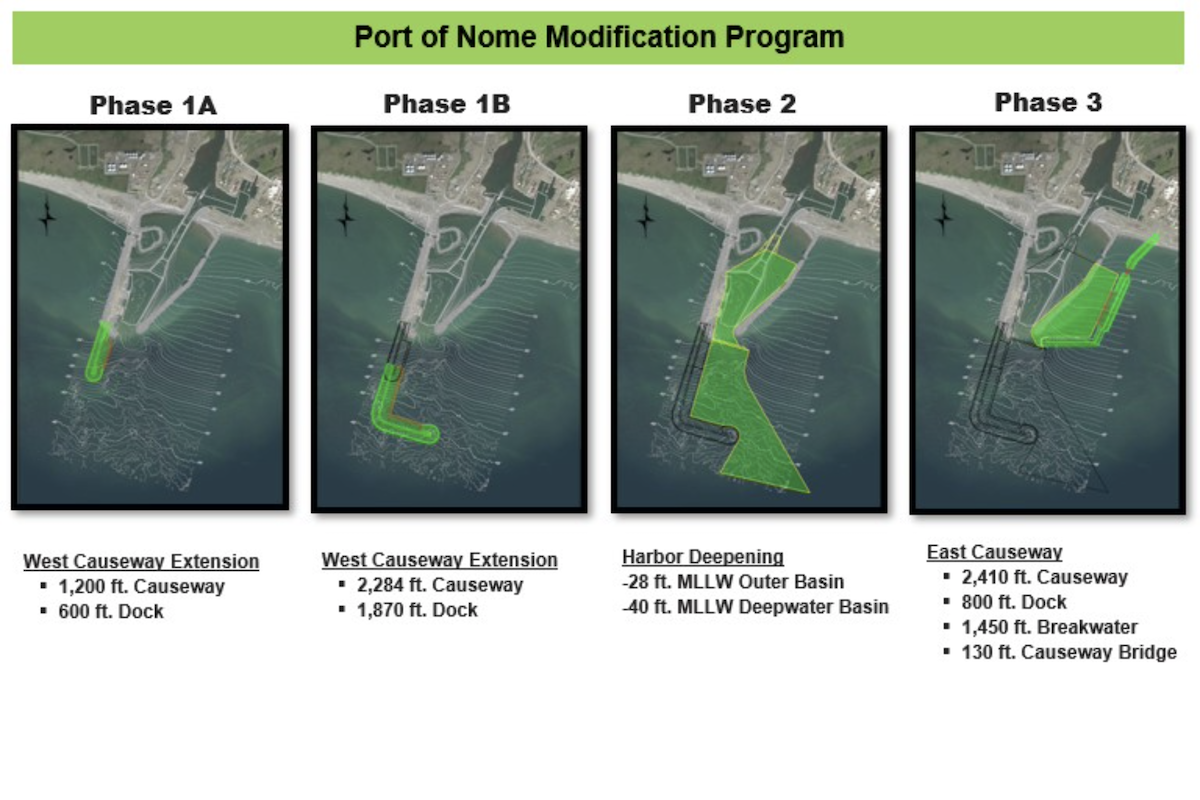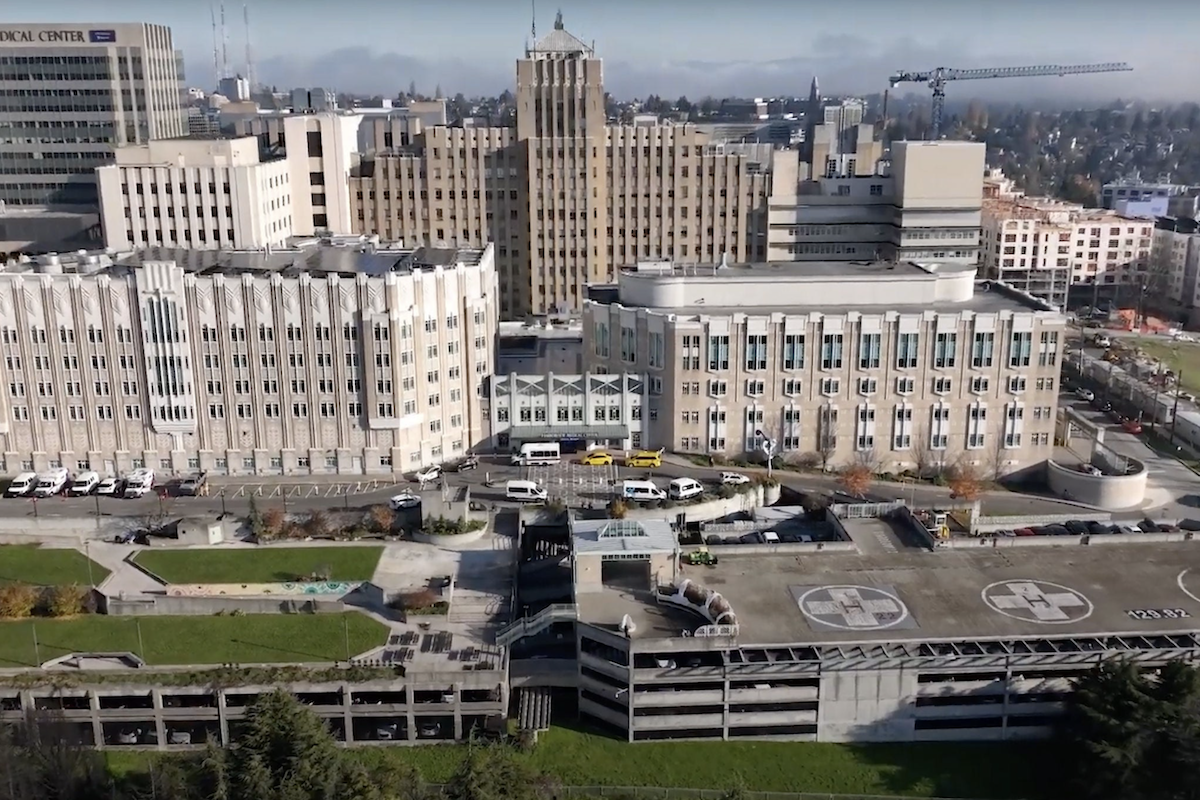“This project is addressing a major need,” said Joseph Ludwig, Hampton Roads District Area Construction Engineer for VDOT. “In the Hampton Roads area, this has been a known congestion problem for the transportation network in the region.”
VDOT divided the project into multiple segments, each with their own start and completion timeframes.
HREL Norfolk Segment 1A will add a part-time shoulder Express Lane. Allan Myers of Worchester, Pennsylvania, received the $163 million design-build contract in 2022, with completion expected as early as 2026.
For the HREL Norfolk 1B Segment, VDOT plans to request proposals in fall 2024.

| Your local Somero dealer |
|---|
| American Construction Supply |
The HREL Chesapeake Segment 2 includes approximately 14 miles from the Bowers Hill interchange to the I-264 interchange in Norfolk. VDOT anticipates that tolling will begin in 2024.
The $3.9 billion Hampton Roads Bridge - Tunnel Expansion — the largest highway construction project in Virginia’s history — widens 10 miles of the I-64 corridor, between Norfolk and Hampton, and adds two new twin-lane bored tunnels across the Hampton Roads harbor.
VDOT plans for HREL Newport News Segment 4A/4B to start in 2024.
Construction of the HREL Hampton Segment 4C, from west of Mallory Street (Exit 268) to LaSalle Avenue (Exit 265A), is underway and described in detail below.
The Hampton Roads Transportation Accountability Commission and the U.S. Department of Transportation funded the projects.
Crews will repave the existing lanes, replace two eastbound bridges over the Hampton River, and widen and rehabilitate the westbound bridge over the river. It also includes widening and rehabilitating the east- and westbound bridges over King Street and Settlers Landing Road and rehabilitating the bridge over Rip Rap Road. Crews will repair the concrete in a pedestrian tunnel that passes under the highway.
“This is a heavily congested and crowded corridor,” said Ludwig, reporting that more than 103,000 vehicles travel this corridor daily.
VDOT awarded the $313.9 million design-build contract to the Shirley-Branch Joint Venture (SBJV), a partnership between Shirley Contracting Company of Lorton, Virginia, and Branch Civil of Roanoke, Virginia, to speed time to construction and to support innovation. Dewberry of Fairfax, Virginia, serves as the design partner.
“It’s less linear,” Ludwig said. “In the design-build process, we do not have to wait [until] the right-of-way, utility relocations, and permitting is completed. We can move the project quicker.”
“Design-build allows the contractor to be innovative as well,” said Rick Meyer, Construction Manager for SBJV. “We are already starting work in the current VDOT right-of-way areas while obtaining [other] right-of-way. It allows us to design as we go.”
Additionally, Meyer reported that the process fosters greater collaboration between the stakeholders.
“From day one, we instituted partnering, working through and developing relationships with VDOT and everyone involved,” Meyer said.
Ludwig said that the project has a constrained footprint, passing through an urban area and wetlands, with limited right-of-way. VDOT and SBJV are dedicated to preventing any impact on those wetlands, with regular inspections and checking after rain falls to ensure the perimeter controls are working.
“We make sure we have all the erosion protection measures,” Meyer said. “That is high on everyone’s priority list.”
Activities at the start of 2024 involve widening the westbound bridge over a navigable waterway by adding additional girders, concrete piles, and deck width. Some girders are steel and some concrete, depending on span length. McLean Contracting Co. of Glen Burnie, Maryland, a subcontractor to SBJV, will complete this work.
A portion of the bridge section takes place over water, with a crane on a barge. The team must coordinate with and provide notices of marine work to the U.S. Coast Guard. Some of the locations are not suited for marine operations. In those cases, McLean is building trestle structures as a temporary bridge or working from land.
SBJV will relocate a Verizon telecommunications line that runs under the bridge and conflicts with the proposed bridge foundation. The team will use scuba drivers to install the new conduit in the water.
Once the work on the westbound bridge finishes, the team will switch traffic from the eastbound bridge to the new structure and begin demolition of the old eastbound bridge, as it is slated for replacement. The 1,500-foot-long eastbound bridge goes over the Hampton River, then an 800-foot-long eastbound bridge goes over the Hampton Branch with about 400 feet of land between these two bridge structures.
Crews will pave with an asphalt mix with a high polymer rubber binder, which allows for the road’s flexibility during changing temperatures while maintaining its strength and durability. Then the team will apply a high-friction surface treatment at specific locations to improve safety and vehicles’ ability to stop more quickly when braking.
Also unique, crews will install transparent noise walls on the bridge. The material is a durable lightweight acrylic, which is lighter than concrete.
“Not only does it have noise reduction benefits, but it keeps the aesthetic value of seeing the Hampton River,” Ludwig said.
According to Ludwig, traffic management presents challenges for the team, which must maintain two lanes of traffic in each direction during the day. The plan includes a continuous single-lane closure both eastbound and westbound, decreasing the number of open lanes to two in each direction.
The contract calls for 24-hour tow truck service, in case of an accident or vehicle breakdown. The contractor has an incident-management coordinator to alleviate bottlenecks, and the Virginia State Police maintain a frequent presence in the corridor.
When a ramp or additional lane needs closing, crews work at night. Activities related to adding temporary lighting and maintaining the intelligent transportation system occur after dark.
Crews use GPS equipment to control grades. VDOT flies drones to track project progress.
SBJV plans to work during the winters, performing dirt moving, pouring concrete when heating can be set up, excavating, demolishing, and completing other aspects of the project. The team estimates HREL Hampton Segment 4C to complete as early as late 2026.
“This is going to make a difference in a lot of people’s lives, cutting time off their commutes,” Ludwig said. “Being part of something big like that, I am really proud of.”
Photos courtesy of Shirley-Branch Joint Venture and Virginia Department of Transportation

















